You are currently viewing a placeholder content from Default. To access the actual content, click the button below. Please note that doing so will share data with third-party providers.
More InformationThe persecution of the Sinti under National Socialism
The persecution of the Sinti and Roma by the National Socialists was primarily an escalation of the “Landfahrerpolitik” [Policy towards Vagrants] that had already been pursued in the German Empire and the Weimar Republic. Later on, in accordance with the “Law for the Prevention of Offspring with Hereditary Diseases”, many forced sterilisation procedures were carried out on Sinti and Roma.
First, turn right from the ZeitZentrum Zivilcourage and walk down the length of Leinstrasse and along Holzmarkt – passing the State Parliament on the left and the “Historisches Museum Hannover” – to reach Burgstrasse. In a narrow passageway off to the right leading to the Kreuzkirche was where the future Sinto boxer Johann “Rukeli” Trollmann grew up. The street was named after him in 2004. In 1933, the Nazis robbed him of the title of German light-heavyweight champion. Stolpersteine commemorate him and his brother Heinrich, also known as Stabeli. Both were murdered in concentration camps.
The route then takes us past the Kreuzkirche and along Kreuzstrasse to Ballhofplatz. The square was created during the redevelopment of the Altstadt under National Socialism. The aim of the redevelopment was also to get rid of the – for the most part – socially deprived residents, including Sinti. Turn right down the length of Knochenhauerstrasse to get to the Marktkirche. Go left along the side of the Marktkirche, then right along Schmiedestrasse, which eventually becomes Marktstrasse, and take the first left to detour into Röselerstrasse. In front of what is now house number 5/7, Stolpersteine commemorate the Fischer family, a family of many children. When the Sinti citizens of Hanover were deported in March 1943, the family was taken to Auschwitz extermination camp where the mother along with the younger children were murdered. Of the original thirteen family members, only five survive Auschwitz and further persecution.
Retrace your footsteps back, past the Markthalle, continue down Marktstrasse, then eventually take a right into Leinstrasse, and go along a footpath that leads to Friedrichswall. Our tour takes us directly past the handsome Laveshaus, now home to the Lower Saxony Chamber of Architects. In 1935, the Hanover Health Ministry was housed in this building. The people here were, among other things, responsible for ensuring compliance with the Nuremberg Race Laws and recommended compulsory sterilisation when hereditary diseases were diagnosed. Sterilisation due to alleged “congenital imbecility” affected members of the Sinti more frequently than average.
Cross over Friedrichswall, following it to the right until you come to Culemannstrasse. Cross the over the River Leine, then turn left along the banks of the river. Soon you come to Hardenbergstrasse, the location of the impressive building that houses the police headquarters. A memorial plaque provides information about the traditional role of the police in the discrimination and persecution of the Sinti. They were registered and deported to the extermination camps in Eastern Europe not by the Gestapo, but by the criminal police. Go back to the river, cross the Leine using the footbridge and follow the route, past the Neues Rathaus, to get back to the ZeitZentrum Zivilcourage.


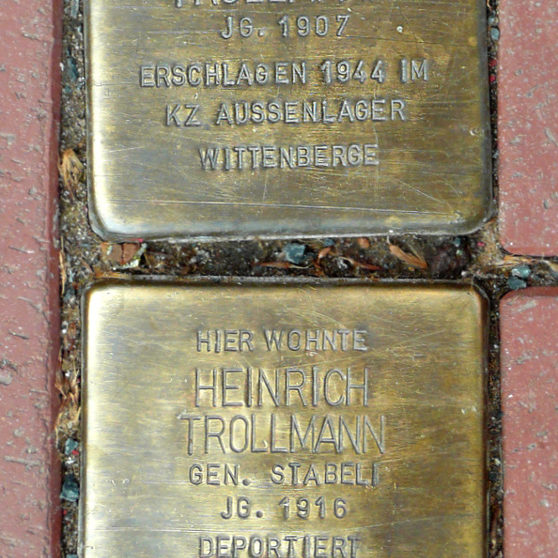
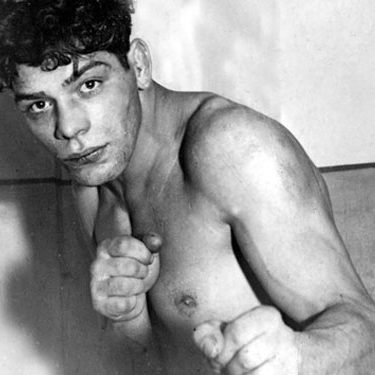
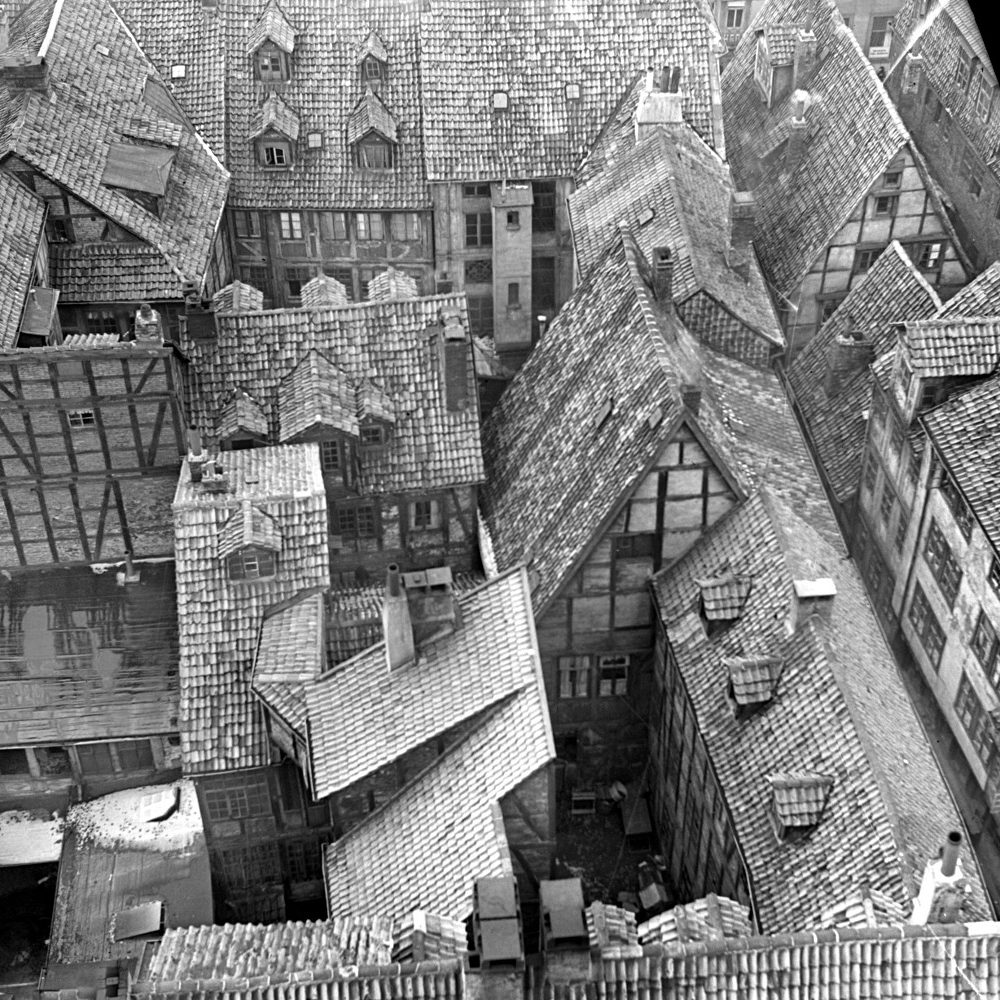
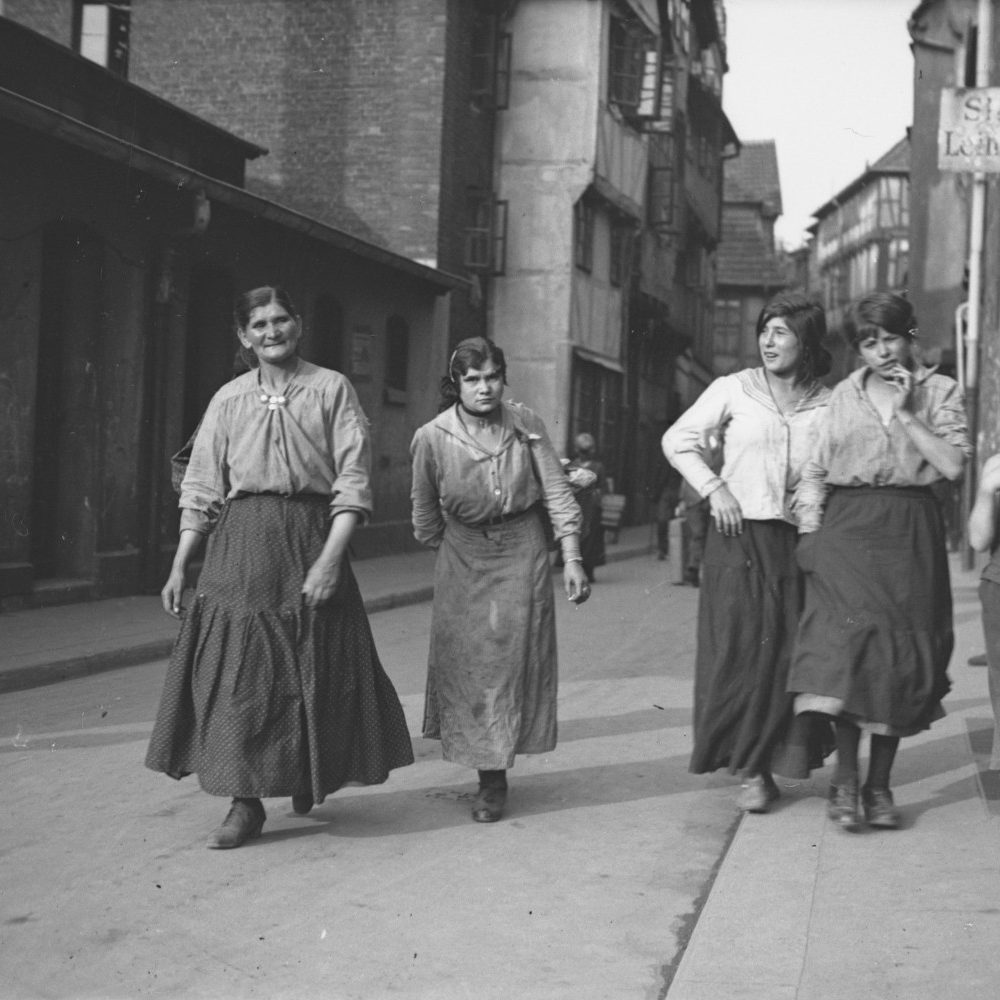
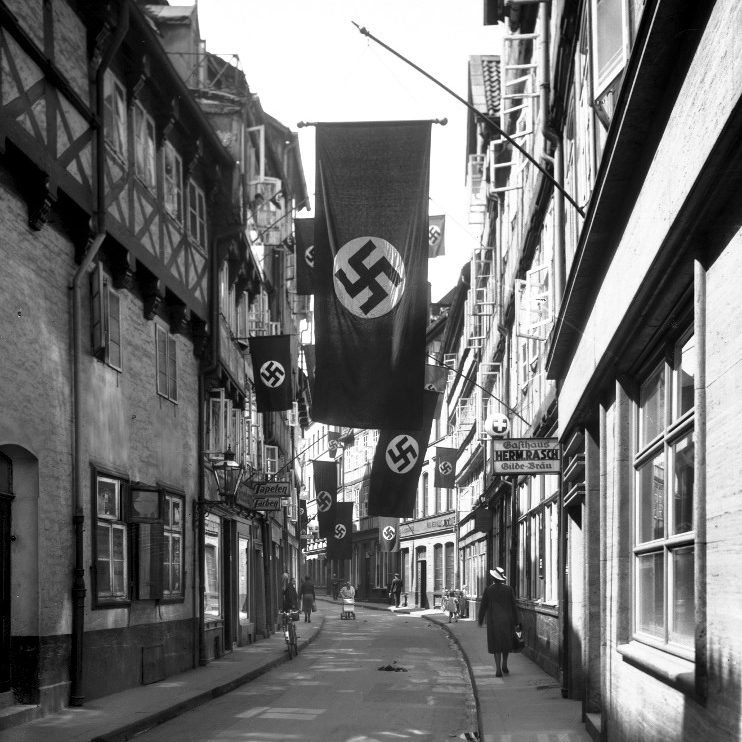
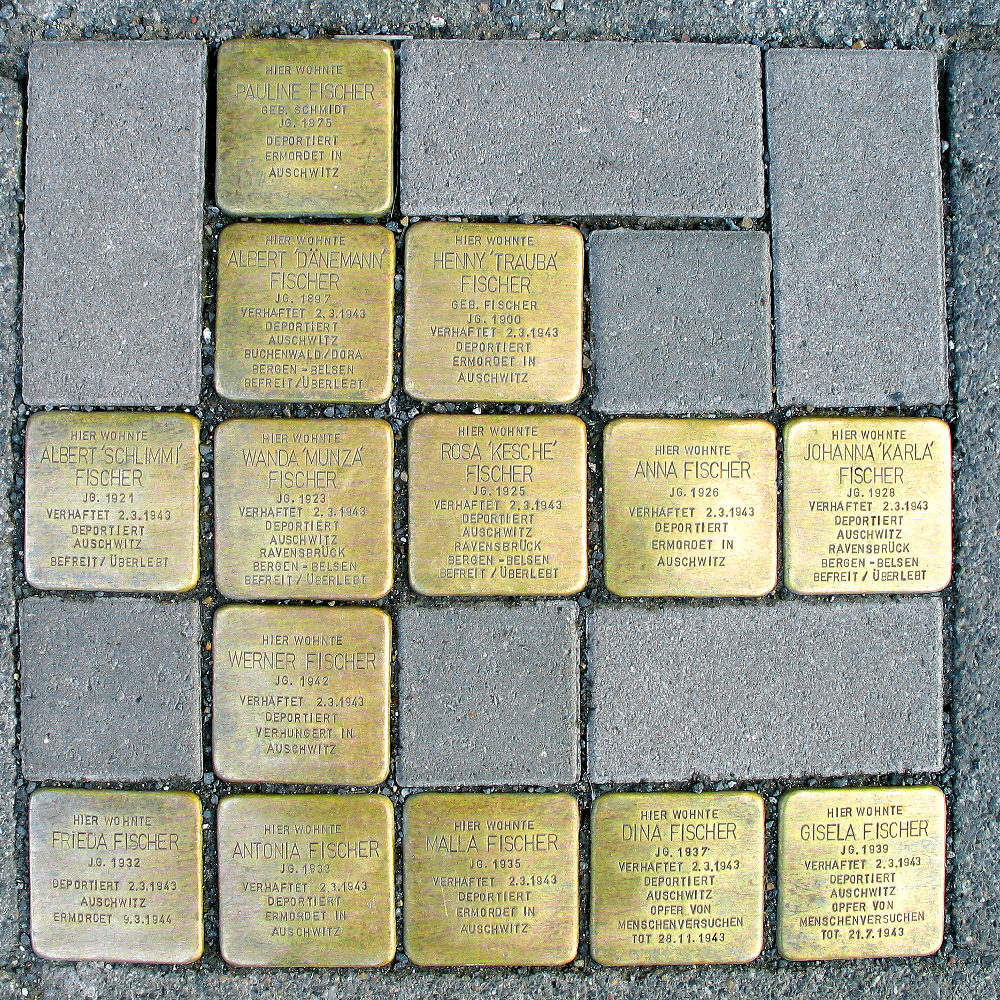
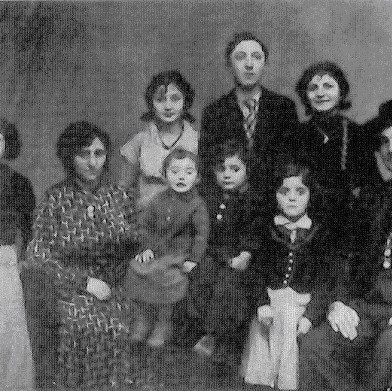
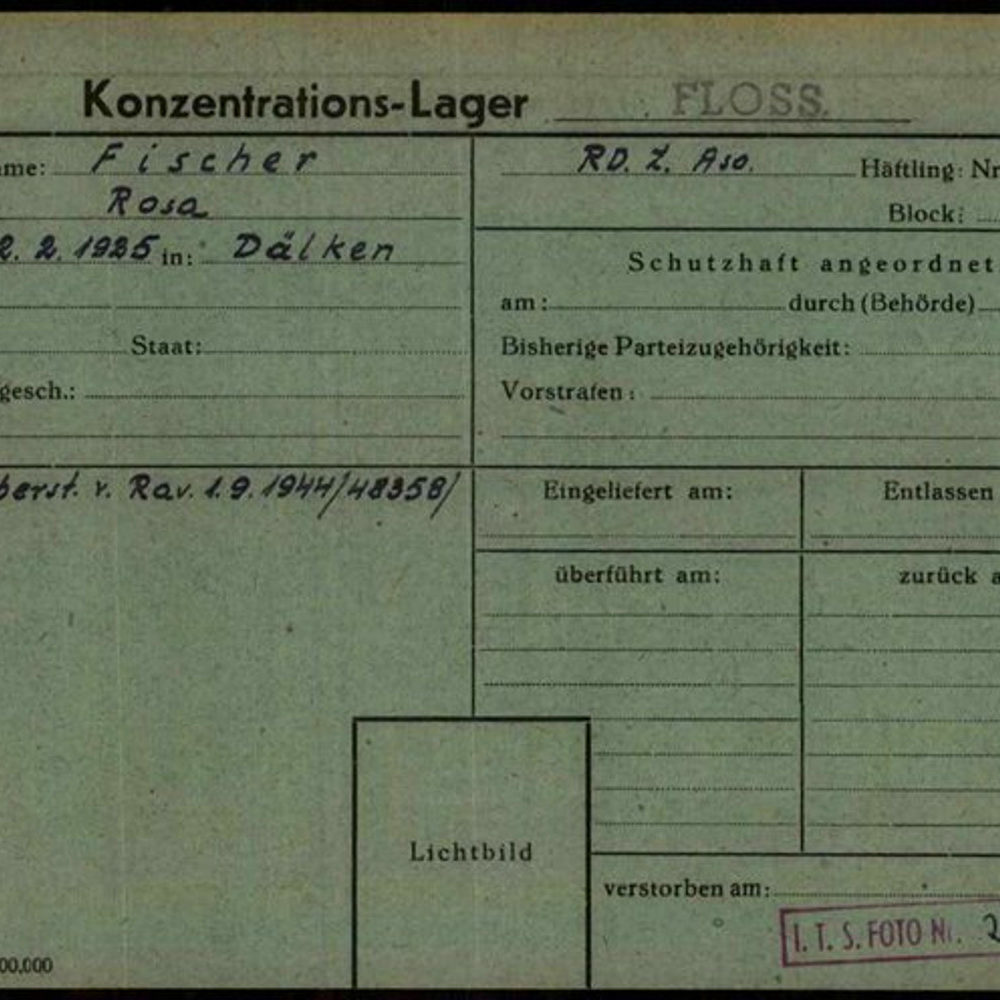
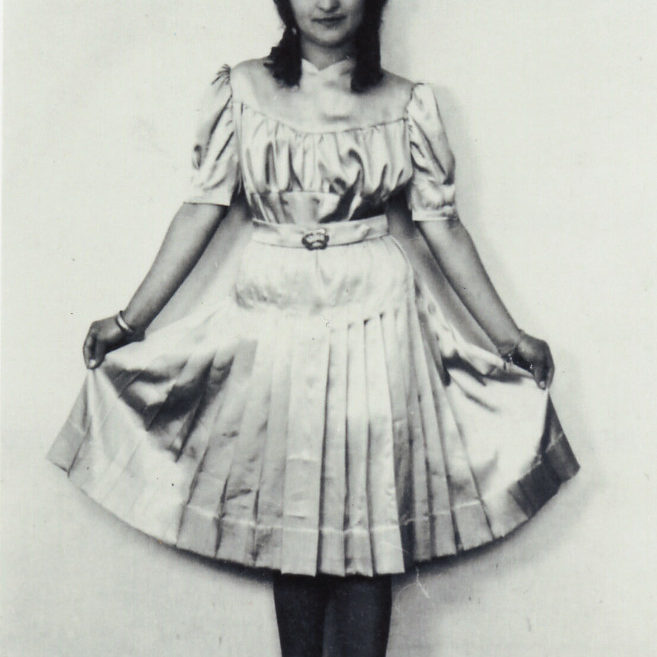
![Postal control card [i.e. record of incoming and outgoing mail of a prisoner] for Albert Fischer in Kleinbodungen concentration camp subcamp, Thüringen. Source: Postal control card Albert Fischer, Individual Prisoner Records – Mittelbau (Dora) concentration camp, 1.1.27.2 / 2592735 / ITS Digital Archive, Arolsen Archives](https://zukunft-heisst-erinnern.de/wp-content/uploads/2020/02/S_Fischer_7-1000x1000.jpg)
![Hanover: Sterilisations were often carried out in the former Municipal Hospital I ("Nordstadtkrankenhaus"). Photo 2012 by Losch/Baudenkmale [historical buildings], Wikimedia Commons](https://zukunft-heisst-erinnern.de/wp-content/uploads/2020/02/S_Gesundheitsamt_3-1000x1000.jpg)
![Hanover: Poster for the collaborative event "Criminal police officer and DFB [German Football Association] president and the genocide of the Sinti and Roma" at the HDI Arena, 2019. The photograph shows Reich and later Federal German coach Sepp Herberger (left) and Felix Linnemann (right, with beard).](https://zukunft-heisst-erinnern.de/wp-content/uploads/2020/03/polizeipräsidium_8-729x729.jpg)